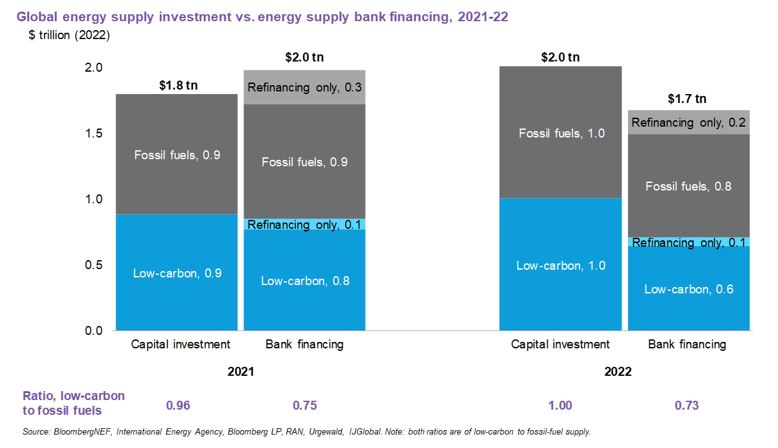Amazon’s Sustainability Report shows the company moving the wrong way on climate with continued emissions growth
July 10, 2024
Today, Amazon released its latest sustainability report that finds the company’s Scope 1 emissions, which includes transportation, grew 7% year-over-year to 14.27 million metric tons CO2e. Since announcing its Climate Pledge in 2019, Amazon has expanded its Scope 1 emissions at a compound annual growth rate of 25.5%.
This latest report provides further evidence that Amazon is going the wrong way on Climate. The company’s promise to reach net zero by 2040 is too little, too late. Its commitment to 100,000 electric vehicles by 2030 is insufficient to transition Amazon’s massive fleet of fossil-fuel ships, planes, trucks and vans at the speed and scale required to meet the urgency of the climate crisis.
We are particularly concerned about Amazon backpedaling on its weak existing promises. Last year, the company quietly canceled its Shipment Zero pledge. It failed to follow through with its promise to submit a detailed plan to reduce climate pollution through a United Nations-backed sustainability tracking program, called the Science-Based Targets Initiative (SBTi). As S&P Global reported, SBTi is a way for companies “to show customers and clients that their targets have teeth.” Amazon was removed from the SBTi’s list of participants last summer because it failed to file its emission-reduction targets within two years of pledging to do so.
Where it is unable to match its empty rhetoric with action, the company is also working to rewrite the rules of the road to make greenwashing easier. As reported in The Guardian, Bloomberg, and The Verge, among others, Amazon founder and executive board chair’s philanthropic organization, Bezos Earth Fund, donated $18 million to SBTi in 2021 in an apparent effort to curry access and influence with the standard-setting organization, presumably to lobby it to allow carbon credits as a mechanism for obfuscating emissions.
“In this year’s Sustainability Report, Amazon leaders had an opportunity to show us that they are finally getting serious about the climate. Instead, the report shows Amazon is moving the wrong way. The company is hoping its weak long-term promises will distract from its continued expansion of polluting planes, trucks, and vans.” said Joshua Archer, Senior Global Corporate Campaigner at Stand.earth. “We will continue to mobilize to hold Amazon accountable for its impact on climate and communities, and call on the company to commit to 100% zero emissions deliveries by 2030.”
As Amazon continues to expand its carbon emissions, the urgency for action on climate is becoming more acute. A 2023 IPCC report called for “rapid, deep and immediate” emissions reductions are critical “in this decade.” Amazon’s Net Zero by 2040 promise fails to align with this advice from the scientific community. Globally, half of all emissions from e-commerce occur in the last mile. Amazon has promised to reduce emissions there by adopting 100,000 electric vans by 2030. According to a 2023 report by Stand.earth Research Group and the Clean Mobility Collective, this target fails to account for projected parcel volume growth and will not produce material impact on Amazon’s last-mile emissions.
Amazon’s shipping and logistics operations also present a public health hazard, linked to premature death, heart attacks, respiratory disorders, and asthma. This is especially concerning in communities where Amazon concentrates its distribution centers. A 2021 Harvard University study found that one in five deaths globally can be linked to air pollution caused by the burning of fossil fuels, and a May 2023 Boston University-led study found that the pollutants nitrogen oxide, fine particulate matter (PM2.5), and ozone (O3) from oil and gas production contributed to 7,500 excess deaths, 410,000 asthma attacks, and 2,200 new cases of childhood asthma across the United States.



